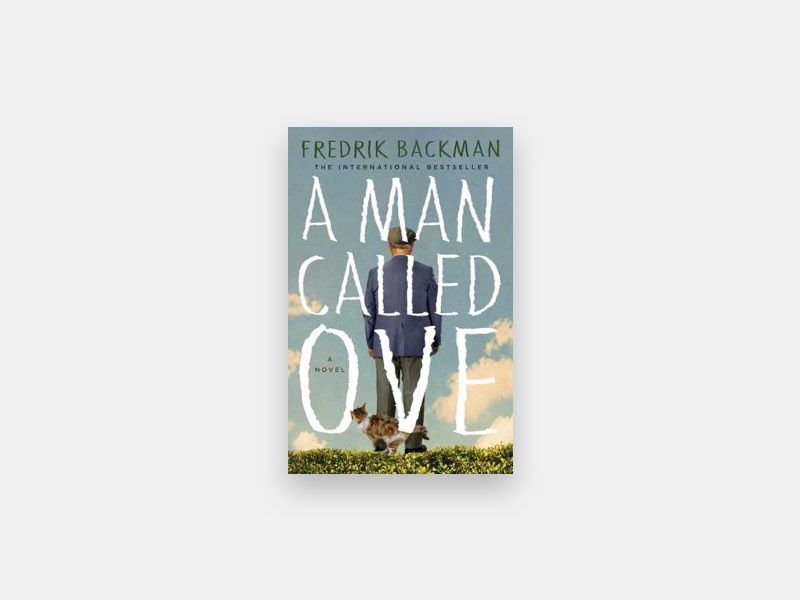Mindful habits
I started my mindfulness journey a few years ago when I was looking into ways to look after my mental health. I had made sure to take care of my body through exercise but hadn’t paid too much attention to my mind. I figured having a busy mind with lots thoughts was probably the same for everyone else. I guess not.
A particularly stressful situation in my personal life was the trigger that made me look for solutions and answers. This led me to books as well as teachers about meditation and stoicism which resonated with me a lot.
I turned to practice what I’d learned and have been meditating almost every day for about five years now. I’m actively trying to apply mindfulness to various parts of my life.
For example, before I make breakfast I read a page out of The Daily Stoic to start my day which gives me something to look forward to.
The shower used to be the place where I think about stuff the most, heck there’s even an entire subreddit dedicated to this which proves I can’t be the only one. But now when I take a shower I’m simply in the moment and focus on the various sensations. The smells. The water hitting my body and flowing continuously. It’s quite a different experience and I urge you to try it at least once.
Throughout the day I try to practice mindfulness as much as possible by being present instead of lost in thoughts. Even if my mind ends up wandering, which is still fairly often, I remember to be kind with myself and bring it back to the present moment.
Every night before going to bed I take some time to meditate. This helps me win down for the day and prepares my body for a good night’s sleep.
As is the case with any skill you only start to see the benefits over the long term by showing up for practice every day. Don’t neglect your mind–it needs training too.


